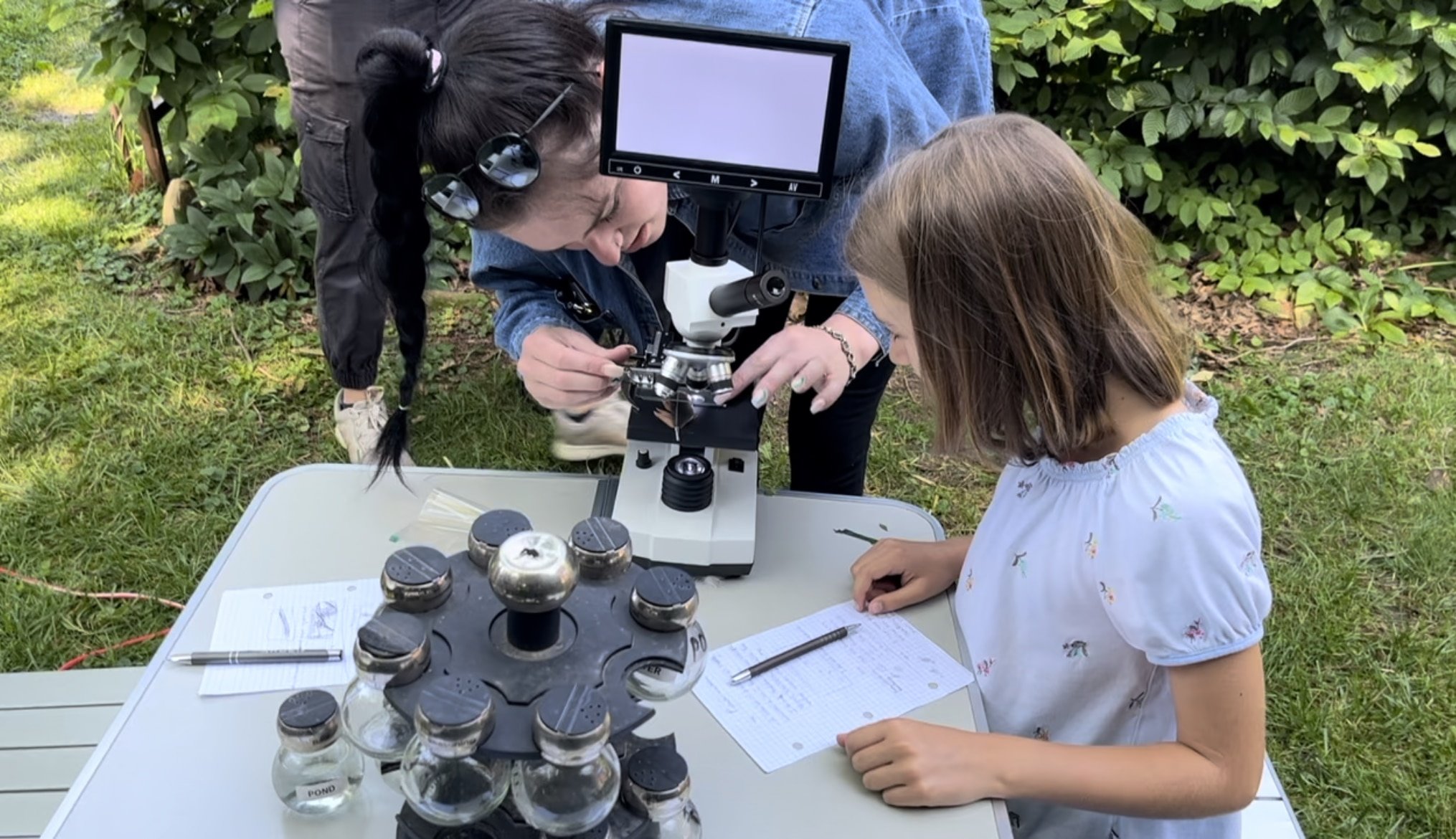Lesson: Treat On Site
In this lesson: treat on site we explore what you need to know to care for ecosystems, systems, animals, and people on an urban farm. There are three important strategies here. Medicines, tools, and feed.
Medicines
Many of the medicines that we use on the urban farm are in the livestock shed in the vet tech cabinet. They are divided by species. Avian, ichtyological, entomological, and mammalian (AKA birds, fish, insects, and rabbits).
Some of the medicines are in powder form, some are liquid. A few need to be sprayed on and others need to be ingested. To accomplish this, we need measurement and delivery tools.
Tools
A tool is an object that can extend an individual's ability to modify features of the surrounding environment or help them accomplish a particular task.
Wikipedia
Of the three strategies, "tool" is the most basic of them all. A tool can be many things, in fact, even medicines, animals, and even feed can be a tool. A tool is just a means to an end.
Tools can be obvious things like scales, scoops, measures, gauze or vials. If you can use a tool you can accomplish a task. In the case of fish, the other fish are a tool for distributing medicine or feed.
The tools we use most often on an urban farm are measures, spoons, spatulas, combs, mixers and blenders. Some of these tools are manual and some are powered by electricity. So an urban farm must have access to electricity at all times.
At Mezzacello, the solar panels and windmills are tools. They provide a source of power for the tools that require it. Mostof the tools can be found also in the vet tech cabinet.
There are of course a few exceptions. Nets and traps are tools as well. The IBCs, coops, and gated runs are tools as well.
Try not to think of tools as solely handheld affairs. Think of the work you can do with them. That is the proper way to consider tools.
Feed
We keep six types of feed at Mezzacello. Grains, hays/straws, specialized feeds, insects, protein powders, and fresh/scrap food from the house. The specialized feeds are the most diverse types of feed. These include cricket powder, fish pellets, chicken feed pellets, duck feed pellets, rabbit feed pellets and goat pellets that are used for poultry and insects.
Sometimes the feeds have to be mixed or modified. For example, I feed poultry exclusively pellets as small birds cannot eat this. But those pellets must be ground for use with baby chicks and ducklings.
The most complicated feed is the fresh/scrap food we use to feed insects at the urban farm. We feed crickets a powder feed, but must also be fed fresh vegetables if they are expected to reproduce. Fresh food can also be shared with the poultry, rabbits, and sometimes, the fish.


